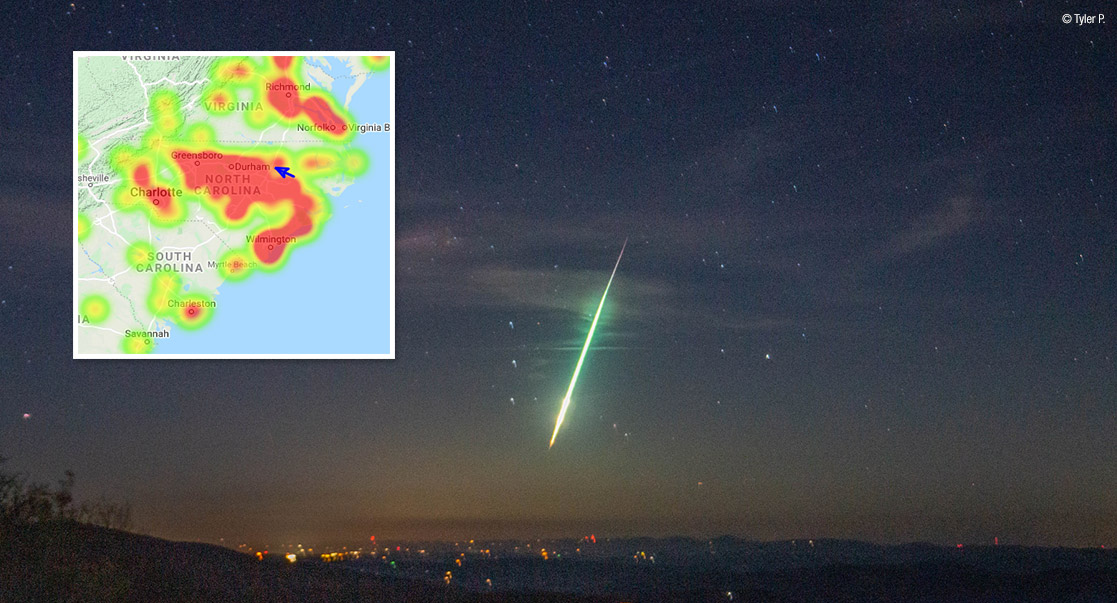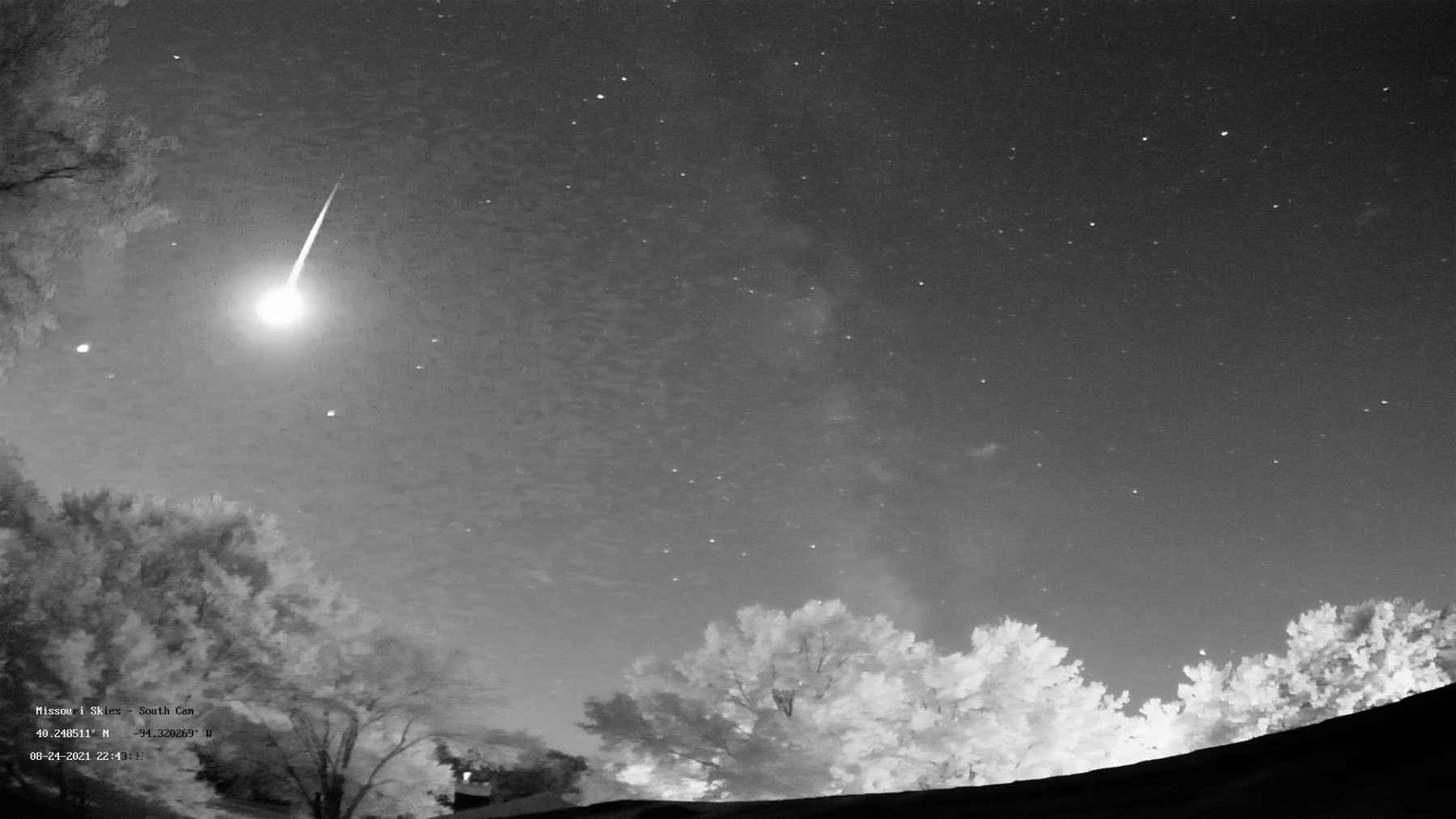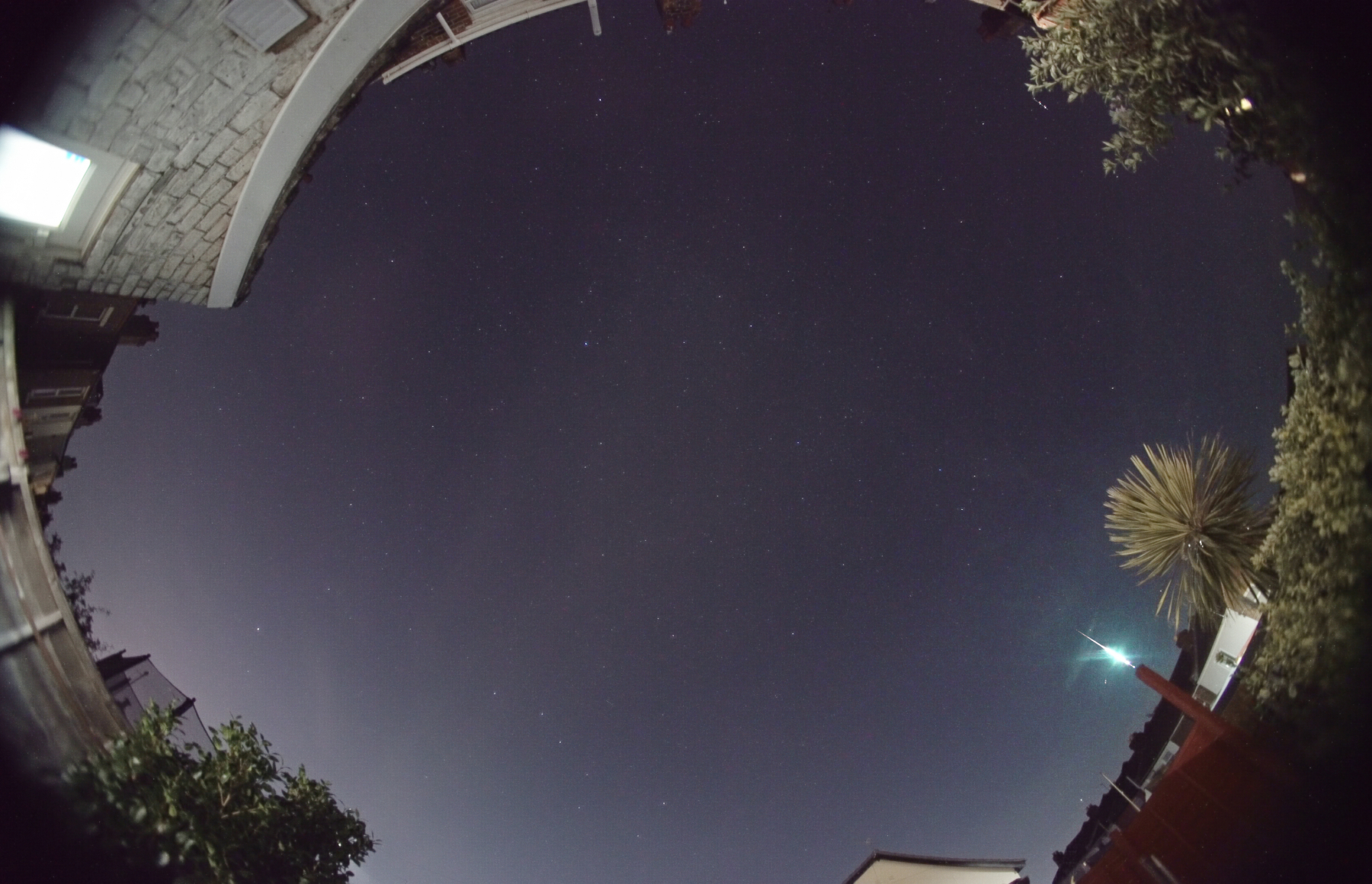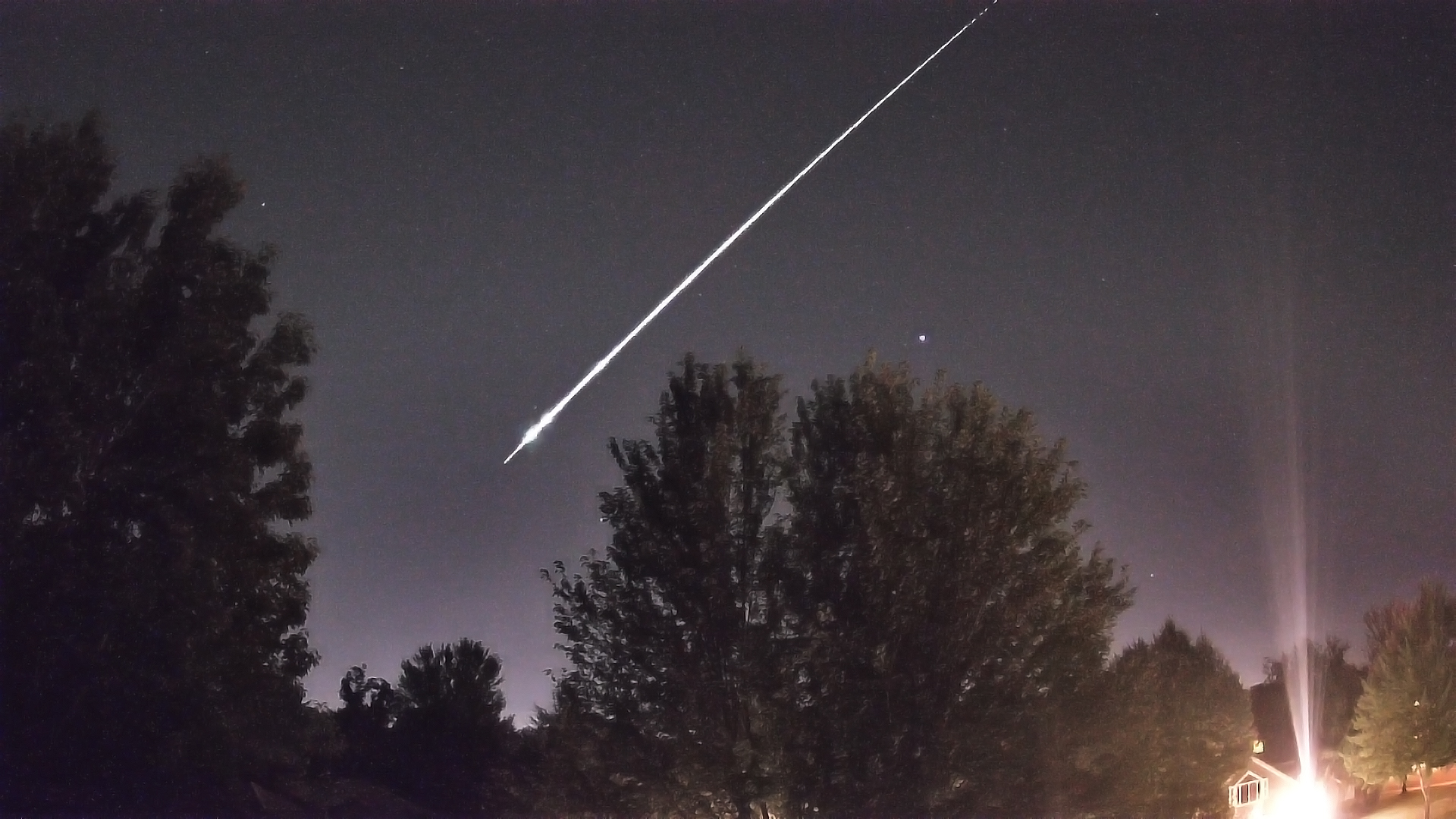
Meteor Activity Outlook for December 18-24, 2021
During this period, the moon reaches its full phase on Sunday December 19th. At that time the moon lies opposite the sun and is above the horizon all night long. As the week progresses the waning gibbous moon will rise approximately 45 minutes later each night, allowing a small window of opportunity to view under dark skies between dusk and moon rise.
 American Meteor Society
American Meteor Society



















